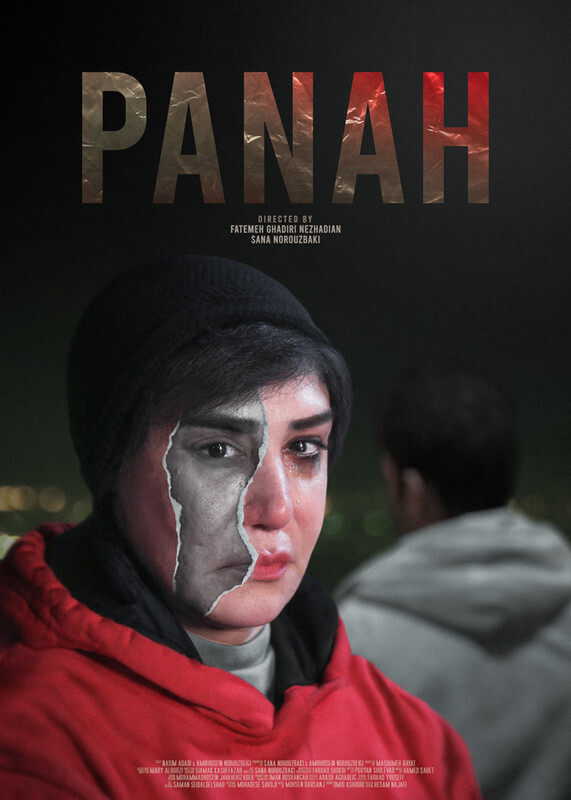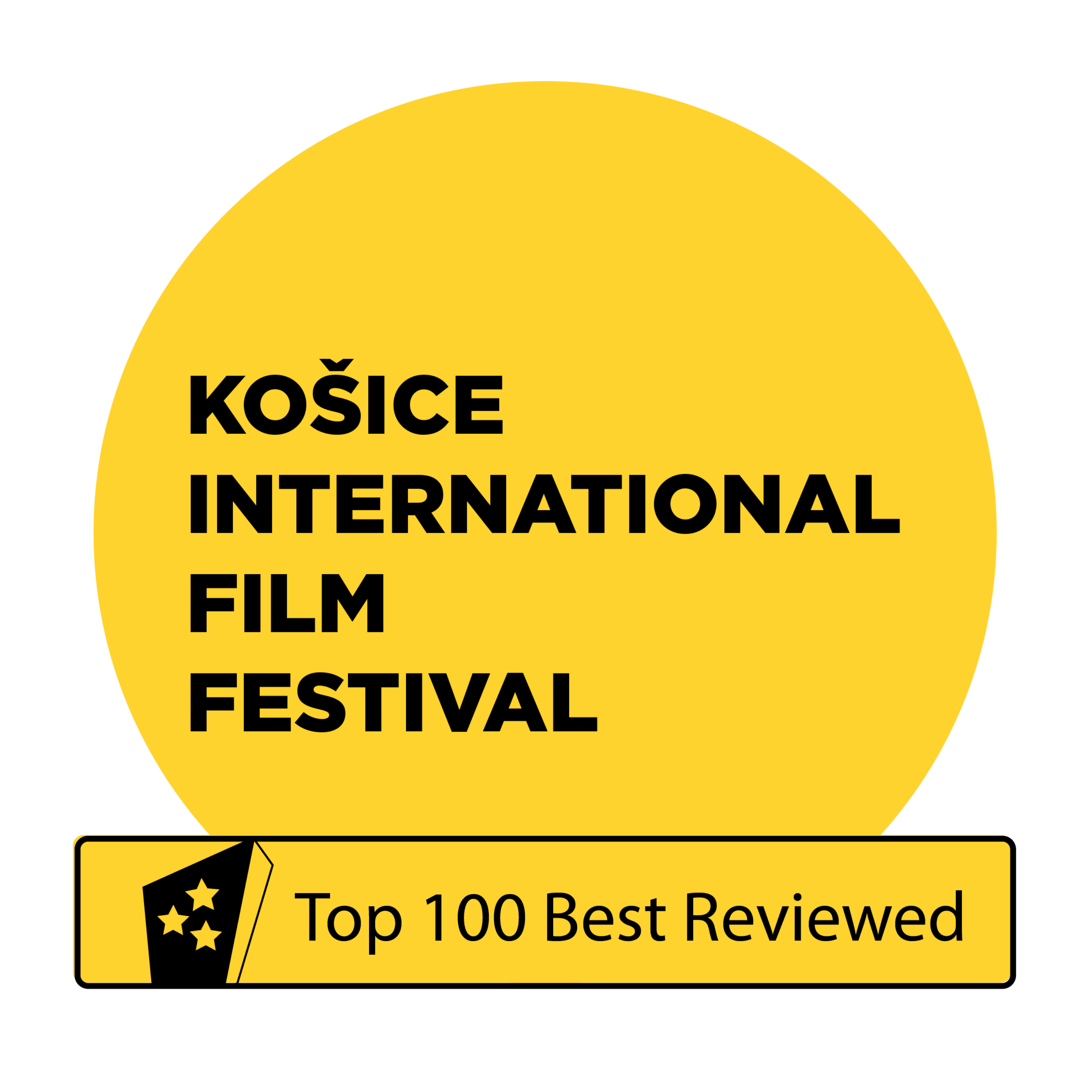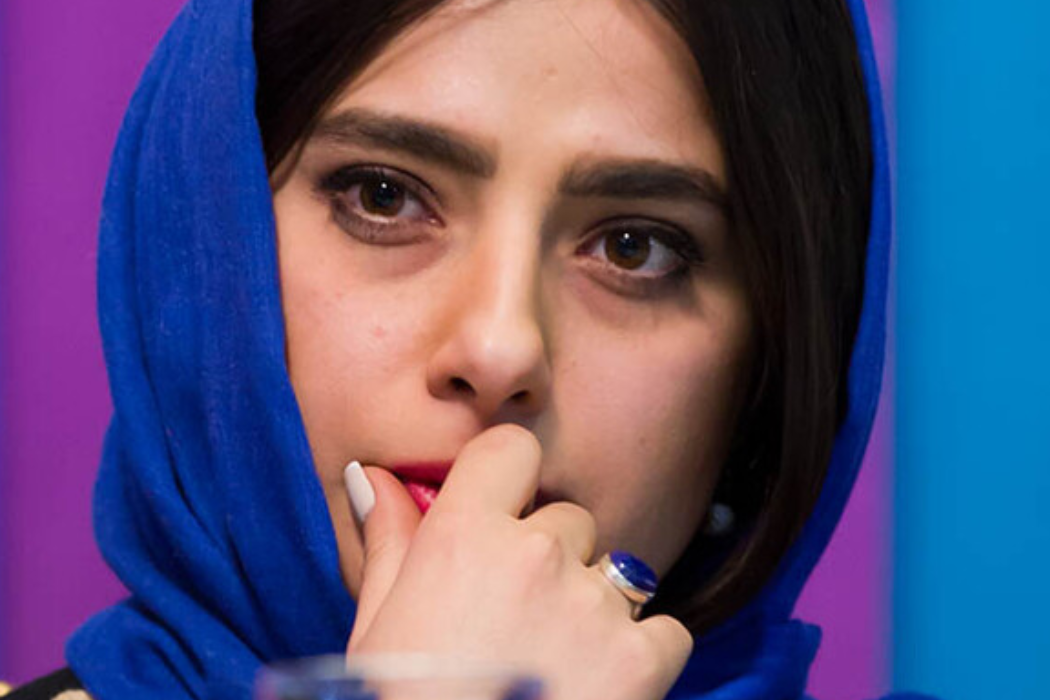Sana Norouzbaki
Sana Norouzbaki is a costume, production and art designer from Iran. She was born in 1988 in Tehran and also has a master's degree in architecture and Urban design. Some of her movie credits include All Through the Night (2020, Iran) , Hotel New Moon (2019- Iran, Japan) , Hello Mumbai (2016- Iran, India), Immortality (2016, Iran),… PANAH (2022, Iran) is her second directorial debut.
What is the story behind your film?
One of my most basic mental questions has always been about identity. Whether sexual, ethnic, cultural, or religious identity. Accordingly, any topic or news along with this mental question of mine can cause a spark in the formation of the story of my films. The story of "Panah" also originates from the problems related to queers in the Iranian community and their efforts to achieve their rights, which causes a large number of them to emigrate. These issues have been occupying my mind for a long time, but of course, the news of Ella Nik Bayan's self-immolation in front of the immigration building in Germany gave me more motivation in this regard.

What should people take away, gain, realize after watching your film?
Certainly, I believe that there are no dos and don'ts for movie audiences, but I wish that by making this movie, a better world could be made for all people so that we can accept each other without judgment and love each other unconditionally.
Do you think that films can change people for the better or for the worse?
By all means, movies will undoubtedly change your world and your attitude towards it. If the content of the movies is more fluent and more humane, more communication will be associated with it, and as a result, the thinking and consequently the behavior of the audience can be indirectly controlled.
How was the creation of your project at the time of COVID-19?
The project was shot in the post-Covid era and luckily, I did not have many of the time constraints of Covid-19 while filming. It should be noted that the filming was conducted outdoors.
What creation style did you use in the production of your project? What cameraman elements did you use?
I cannot say that my filmmaking style is completely compatible with neorealism or classicism, although my tendency is more towards them, and what is important (which expands the scope of cinema, according to BAZIN) is the combined expression and use of styles. In this way, we are drowned in this vastness of pure art, we are saved, we understand human beings and we understand life. Regarding the second part of your question, I must say that in this film, in particular, a lot of attention has been paid to the lighting and the use of shadows, which was originally supposed to be in black and white (to emphasize the shadows), but upon consultations, I agreed with the director of photography (Mr. Arash Sadeqi) and the editor (Ms. Pooyan Sholevar) that the film will be filming in full color
How did you select the actors for your project?
One of my greatest chances was the presence of Ms. Nasim Adabi (actress in Panah’s role) and Mr. Amir Hossein Norouzbaki (actor in Saman’s role). Nasim had previously acted as a queer in a theater and I already knew her, and Amir Hossein is one of the famous producers of short films in Iranian cinema. Previously, both of them had played together on several projects, so they easily communicated with each other.
Why do you think your film should appeal to distributors?
The story of the film can cover a wide range of audiences. From queers to other sections of society such as women or men who can be the audience of the film as a father, mother, or child, and this wide range of audience can be attractive to distributors.
At which festival has your film been screened?
This film has been selected in many festivals, which can be mentioned Nepal Human Rights International Film Festival, Erie International Film Festival, Genre Celebration Festival, Ealing Film Festival, Pride Film Fest and so forth
And , It has also won awards in many festivals such as Best Indie Film Award, Mabig Film Festival, New York Istanbul Short Film Festival and so forth.
How did your acquaintances react when they first saw the film?
Their initial reaction was surprise and regret, despite being modern, Iranian society has strong traditional and religious beliefs. Acceptance of gender type is a little acceptable nowadays, but it is limited to the case of surgery in the field of gender change. Therefore, other groups (queers) are still deprived and have unique social problems in the field of accepting their identity.
My family and friends are also not excepted by rest of the society, but after watching the movie, we see a more logical and friendly attitude toward queer rights.
If you could change something in your film, what would it be?
I would say that nothing. Every moment of the film has been researched and consulted. No change, but if I could, and it was possible in Iran, to raise the quality level of the film technically (in the post-production part), I would not doubt it.
Which movies are your favorites and why?
I like "Dogville", "Dancer in the Dark" and "Hunting" which pay attention to emotional details, as well as "Devastated" in terms of creativity in paying attention to identity. Moreover, I like the film direction of "Mr. Robot" and "Homecoming".
What topics do you like to address in your stories?
As I said, identity and humanity subjects are always attractive to me. In a world where humanity is constantly struggling to find a new identity through migration, jobs, etc., human flows and emotions that are formed around it are pleasing to me.
What is your motivation in making films?
Making others aware that the feelings and emotions of other people have a profound effect on public and individual life, even temporarily.
Which contemporary filmmakers motivate you the most?
Von Trier and Vinterberg; Denis Villeneuve, Sam Esmail, and the age of filmmaking that deals with human issues and showing human emotions.
What projects do you plan to shoot in the future?
I intend to focus on identity again, though with an environmental approach.

